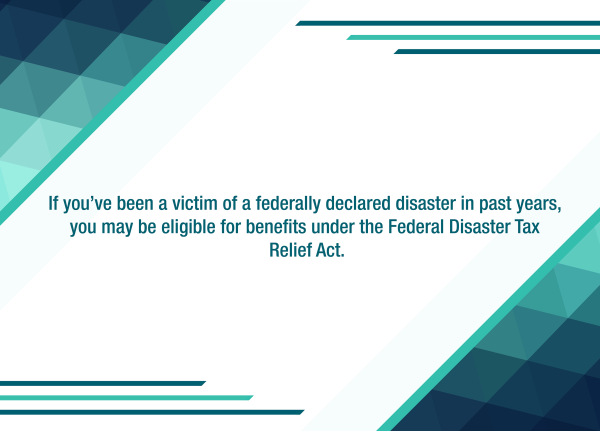It’s critical for business owners and managers to understand how to present contingent liabilities accurately in the financial statements. Under U.S. Generally Accepted Accounting Principles (GAAP), some contingent losses may be reported on the balance sheet and income statement, while others are only disclosed in the footnotes. Here’s an overview of the rules for properly identifying, measuring and reporting contingencies to provide a fair and complete picture of your company’s financial position.
Likelihood vs. measurability
Under GAAP, contingent liabilities are governed by Accounting Standards Codification (ASC) Topic 450, Contingencies. It requires companies to recognize liabilities for contingencies when two conditions are met:
- The contingent event is probable, and
- The amount can be reasonably estimated.
If these criteria aren’t met but the event is reasonably possible, companies must disclose the nature of the contingency and the potential amount (or range of amounts). If the likelihood is remote, no disclosure is generally required unless required under another ASC topic. However, if a remote contingency is significant enough to potentially mislead financial statement users, the company may voluntarily disclose it.
Common examples
For instance, a company must estimate a contingent liability for pending litigation if the outcome is probable and the loss can be reasonably estimated. In such cases, the company must recognize a liability on the balance sheet and record an expense in the income statement. If the loss is reasonably possible but not probable, the company must disclose the nature of the litigation and the potential loss range. However, when disclosing contingencies related to pending litigation, it’s important to avoid revealing the company’s legal strategies. If the outcome is remote, no accrual or disclosure is required.
Other common types of contingent liabilities include:
Product warranties. If the company can reasonably estimate the cost of warranty claims based on historical data, it should record a warranty liability. Otherwise, it should disclose potential warranty obligations.
Environmental claims. Some businesses may face environmental obligations, particularly in the manufacturing, energy and mining sectors. If cleanup is probable and measurable, a liability should be recorded. If the obligation is uncertain, the business should disclose it, describing the nature and extent of the potential liability.
Tax disputes. If a company is involved in a dispute with the IRS or state tax agency, it should assess whether it is likely to result in a payment and whether the amount can be estimated.
Under GAAP, companies are generally prohibited from recognizing gain contingencies in financial statements until they’re realized. These may involve potential benefits, such as the favorable outcome of a lawsuit or a tax rebate.
Transparency is essential in financial reporting. However, some companies may be reluctant to recognize contingent liabilities because they lower earnings and increase liabilities, potentially raising a red flag for stakeholders.
Best practices
To help ensure transparency when reporting contingencies, companies must maintain thorough records of all contingencies. Proper documentation may include contracts, legal filings, and communications with attorneys and regulatory bodies. Legal and financial advisors can provide insights into the likelihood of contingencies and help estimate potential losses.
As new information becomes available, management may need to reassess contingencies. For instance, if new evidence in a lawsuit makes a favorable outcome more likely, the financial statements may need to be updated in future accounting periods.
We can help
In today’s uncertain marketplace, accurate, timely reporting of contingencies helps business owners and other stakeholders manage potential risks and make informed financial decisions. Contact us for help categorizing contingencies based on likelihood and measurability and disclosing relevant information in a clear, concise manner.
___________________________________
We highly recommend you confer with your Miller Kaplan advisor to understand your specific situation and how this may impact you.



